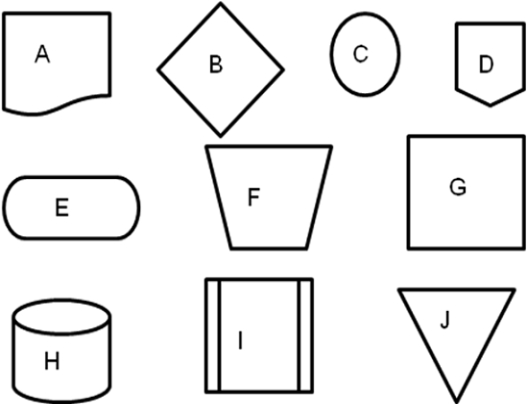Refer to the following case as you respond to the next question: The Celebration Theatre is a small, independent theatre that puts on 12 plays per year. 30 days before the start of each calendar quarter, Celebration prepares advertising for the productions in the upcoming quarter. They advertise on their web site, via e-mail to their season subscribers and via direct mail and brochures to others.Patrons can buy tickets for a single play; alternatively, they can subscribe to all three plays each quarter. Quarterly subscriptions offer a 25% discount from the prices of single tickets. Patrons may purchase tickets over the phone, at the box office or via the theatre's web site. All tickets are held at the box office where they can be picked up as early as one week prior to the performance. The theatre has an "open seating" plan, so patrons do not reserve a specific seat at any performance.If tickets are purchased in person at the box office, non-subscribers may pay with cash or a major credit card; subscribers can pay with cash, major credit card or check. All tickets purchased over the phone or via the web site must be paid for with a major credit card. Celebration maintains an electronic database to track all ticket sales; paper tickets are printed at least ten days prior to a performance.Any paid tickets that are not claimed at least thirty minutes prior to the performance are sold on a "first-come, first-serve" basis at a 50% discount.  Refer to the previously presented set of flowcharting symbols labeled Symbol A through Symbol J. Which of the following is most likely to be represented with Symbol B?
Refer to the previously presented set of flowcharting symbols labeled Symbol A through Symbol J. Which of the following is most likely to be represented with Symbol B?
Definitions:
Schemes
In cognitive development, structured patterns of thought or behavior that organize categories of information and the relationships among them.
Action Patterns
Action patterns are sequences of coordinated behaviors that are innate and triggered by specific stimuli, often observed in the animal behavior context.
Mentally
Relating to the mind, or involving the process of thinking, feeling, and understanding.
Social Cognitive Theorists
Researchers who study how individuals learn and behave in social contexts, focusing on the interplay of mental processes and social interaction.
Q2: Linda embezzled cash from her employer by
Q17: Liam has developed a good process for
Q29: Sylla and Wen suggested a three-stage process
Q29: Consider the following short case as you
Q47: Raul was leading a team charged with
Q52: <br>Refer to the information provided for Tyson
Q53: Several symbols that might be used in
Q53: Determine which of the following statements are:<br>(a)
Q61: In a conversation about risk management, Miguel
Q61: Refer to the following case as you